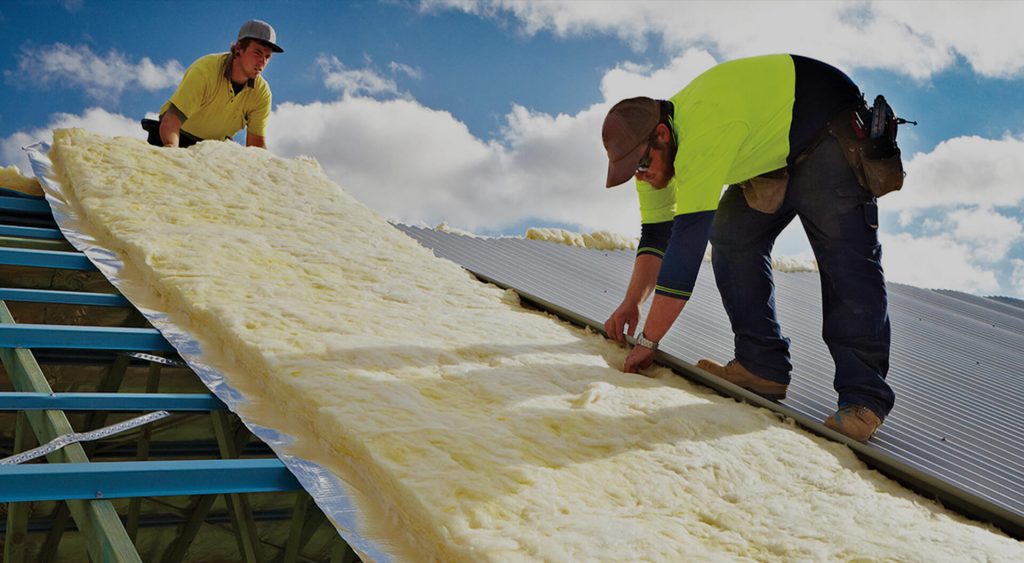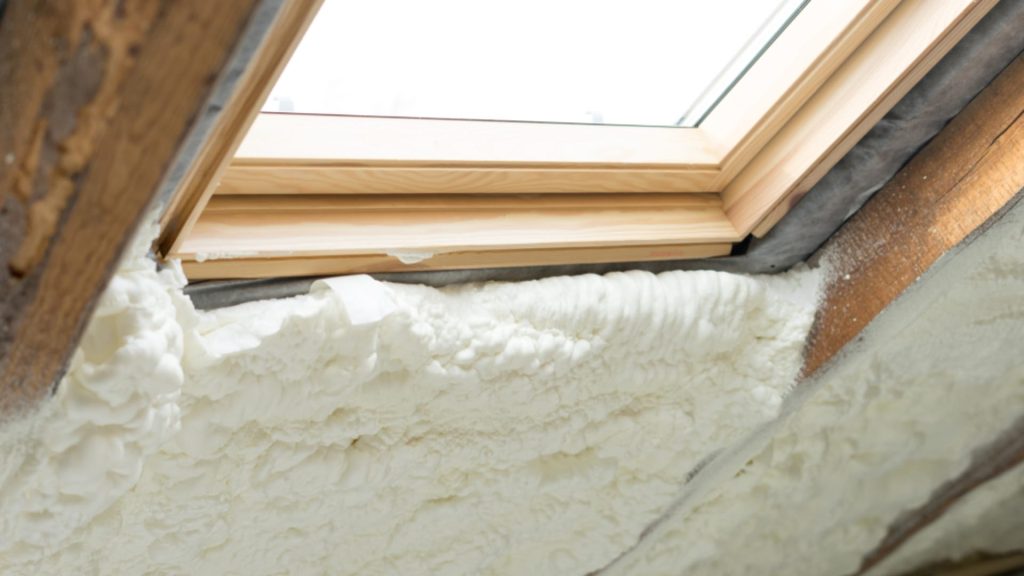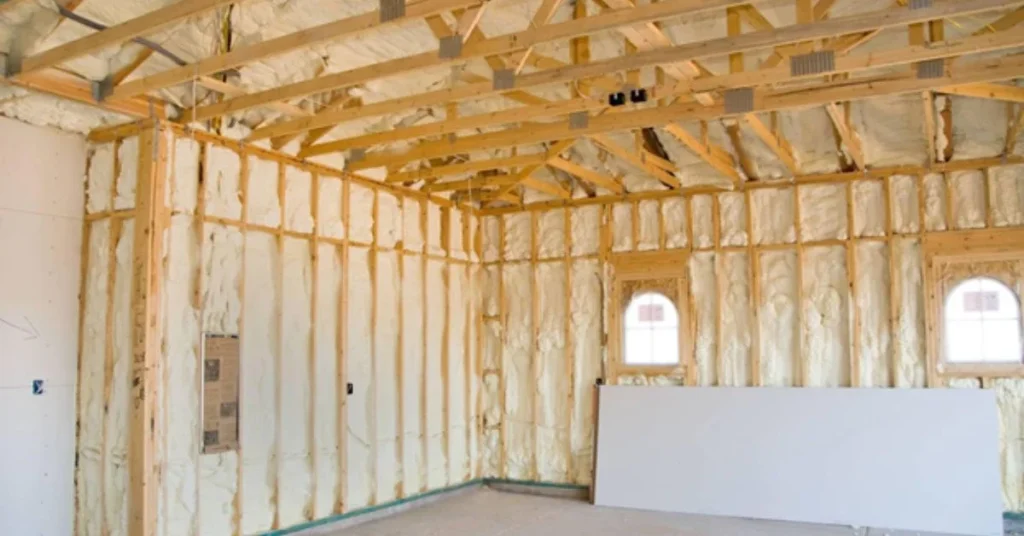R11 vs R13 Insulation: What’s the Real Difference?
When building or renovating your home, choosing the right insulation can make a major difference in comfort, energy efficiency, and long-term costs. Two common options for walls with 2×4 framing are R11 and R13 insulation batts. While they might seem similar, the difference between R11 and R13 can impact how your home performs in both cold and hot climates.
In this article, we’ll break down the key differences, share official government recommendations, and help you decide which is right for your project.
If you are looking for R11 or R13 Insulation in Tampa Fl then click here.
What Does R-Value Mean?
R-value refers to an insulation material’s ability to resist heat flow. The higher the R-value, the better the thermal resistance.
For example:
- R11 provides a thermal resistance of 11.
- R13 provides a thermal resistance of 13.
Both R11 and R13 are designed to fit into standard 2×4 wall cavities. However, R13 is slightly denser and offers better thermal performance.
For a detailed breakdown of how insulation works, the U.S. Department of Energy offers helpful information on insulation basics and energy savings.

Different types of insulation batts for wall cavities
Key Differences Between R11 and R13 Insulation
| Feature | R11 Insulation | R13 Insulation |
|---|---|---|
| Thermal Resistance | Lower | Higher |
| Thickness | ~3.5 inches | ~3.5 inches |
| Density | Less dense | Denser |
| Typical Use | Interior walls, basement walls | Exterior framed walls |
| Soundproofing | Slightly better for sound | Better thermal protection |
| Cost | Slightly cheaper | Slightly more expensive |
Though the thickness is the same, R13 is packed with more insulating fibers, making it more effective at blocking heat transfer.
Government & Code Recommendations
Government sources and energy codes generally favor R13 insulation for exterior walls in residential buildings:
- ENERGY STAR®, a joint program by the U.S. Environmental Protection Agency (EPA) and Department of Energy (DOE), recommends R13 for walls in most climate zones. You can see their full recommendations by visiting the ENERGY STAR R-Value Guide.
- According to Massachusetts building code FAQs, R13 is the minimum requirement for new wall assemblies in many regions.
The North Dakota Department of Commerce conducted a field study showing that 73% of new homes use R13 or higher in wall cavities.

Climate considerations affect insulation requirements
Climate and Regional Use
Where you live plays a big role in choosing the right R-value. For example:
- In warmer climates, R11 may be acceptable in some wall assemblies or for interior partitions where thermal insulation is less important.
- In colder climates, R13 is the minimum recommended value for exterior walls to prevent heat loss and maintain indoor comfort.
You can find specific R-value recommendations for your location using the DOE Insulation Climate Zone Map.
Energy Savings and Cost Considerations
Although R13 insulation costs slightly more than R11, the energy savings can make up the difference quickly. For example:
- If you’re insulating 500 square feet of wall space, upgrading from R11 to R13 may cost around $40 to $60 more depending on the brand and materials.
- According to Energy.gov, well-insulated homes can reduce heating and cooling bills by 15 percent or more.
In short, a small increase in insulation cost can provide better comfort and lower energy bills over the life of your home.

Proper insulation improves home energy efficiency
Real-World User Insights
A common theme:
“If you're opening up the walls or doing new construction, it makes sense to go with R13. The cost difference is small, and it meets modern code standards.”
Some users still choose R11 for interior soundproofing where thermal insulation is not the main concern.
Bonus: R-Value Isn’t Everything
While R-value is a useful measure, it doesn’t tell the whole story. Other important factors include:
- Air sealing: Preventing drafts and leaks can sometimes have a bigger impact than R-value upgrades.
- Moisture control: Proper vapor barriers and ventilation keep insulation effective.
- Installation quality: Poorly installed insulation, no matter the R-value, can lead to energy loss.
To get the best results, combine proper insulation with air sealing and moisture control measures.
Final Thoughts: Which One Should You Choose?
Both R11 and R13 insulation can fit into 2×4 wall cavities, but they serve different purposes.
Choose R11 if:
You're insulating interior walls, basement walls, or focusing on soundproofing.
Choose R13 for:
Exterior framed walls where thermal performance and energy savings matter.
Government guidelines and building codes clearly support R13 as the better long-term choice for exterior wall insulation. It’s a smart investment that pays off in comfort, energy efficiency, and code compliance.
I recommend R13 if you're looking to insulate exterior walls or improve energy efficiency. For interior sound control, R11 might be a reasonable budget-friendly choice.
